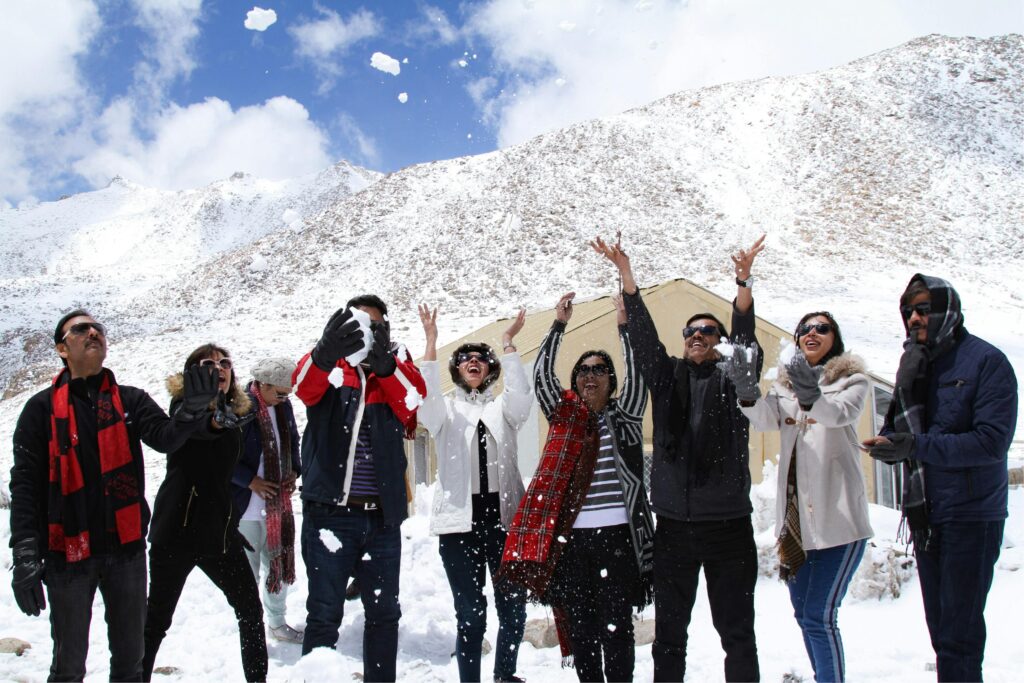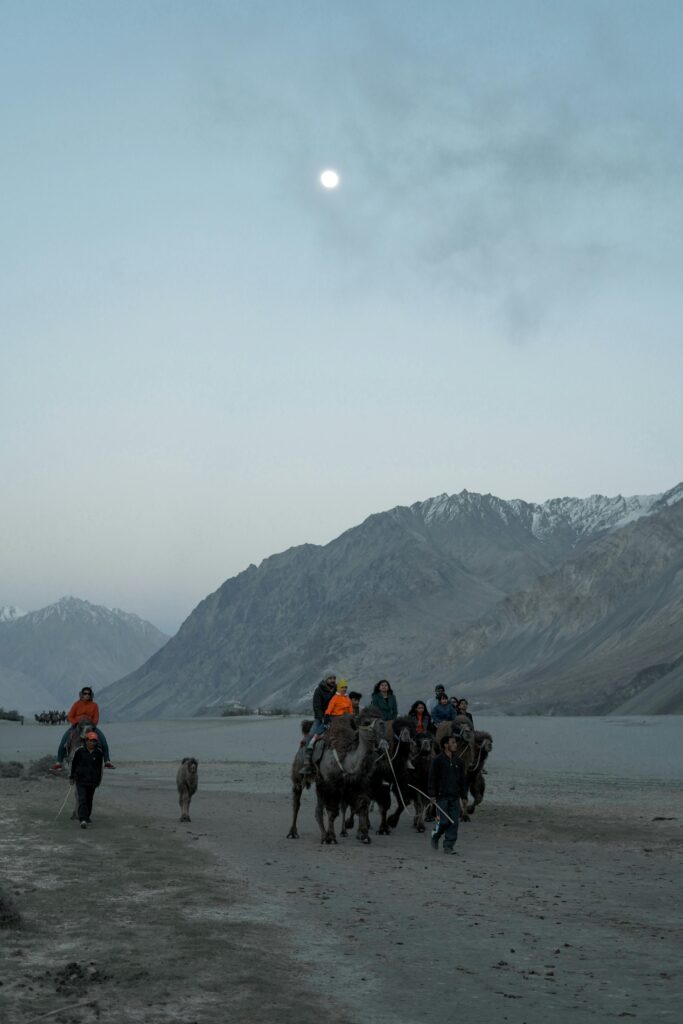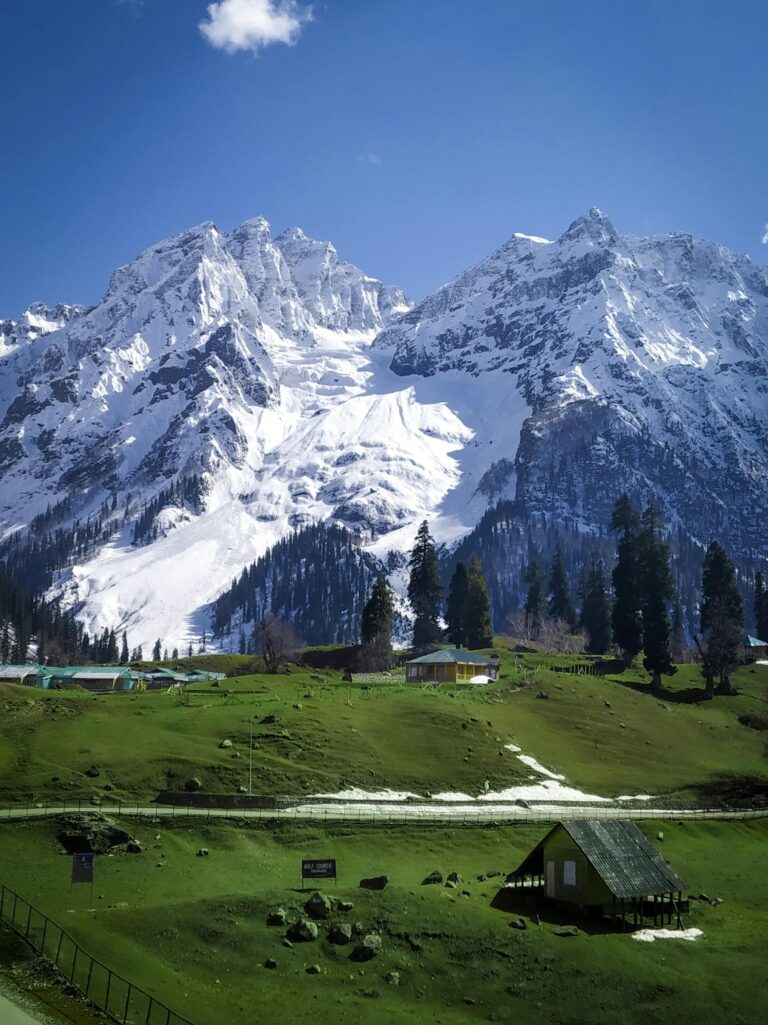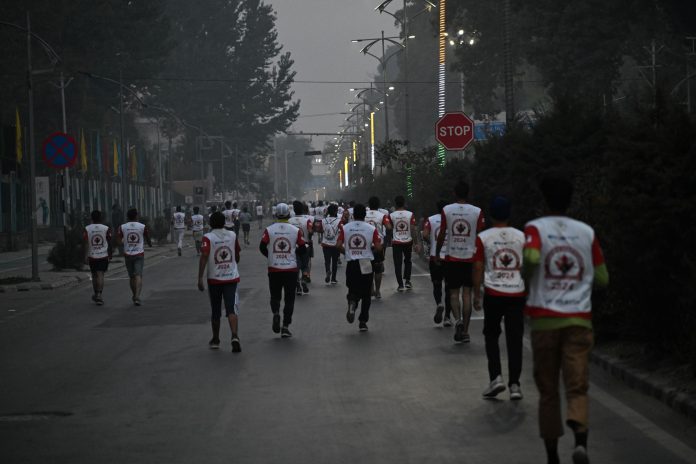
One of the biggest concerns for travelers heading to Ladakh is AMS – Acute Mountain Sickness. With its high-altitude passes, valleys, and towns located well above 10,000 ft, Ladakh’s thin air can be challenging for the body. While Ladakh is absolutely breathtaking, it’s important to prepare yourself against AMS to enjoy the trip safely.
This guide explains what AMS is, its causes, symptoms, and how you can prevent and manage it while traveling in Ladakh.
🌄 What is AMS (Acute Mountain Sickness)?
AMS occurs when your body doesn’t get enough oxygen at high altitudes. Ladakh’s average altitude is between 10,000–18,000 ft, where oxygen levels drop significantly compared to sea level.
⚠️ Causes of AMS in Ladakh
Sudden gain in altitude – Flying directly to Leh (11,500 ft) without proper rest.
Low oxygen levels – Thinner air at high passes like Khardung La, Chang La, and Pangong Lake.
Overexertion – Trekking or riding too soon after arrival.
Dehydration & alcohol – Both can worsen oxygen absorption.
🤒 Common Symptoms of AMS
Headache (most common)
Nausea, vomiting, or loss of appetite
Fatigue and dizziness
Difficulty in sleeping
Shortness of breath, even while resting
👉 Severe cases may lead to HAPE (High-Altitude Pulmonary Edema) or HACE (High-Altitude Cerebral Edema)—both are medical emergencies.
✅ How to Prevent AMS in Ladakh
1. Acclimatize Properly
Spend at least 2 days in Leh before heading to higher places like Nubra or Pangong.
Avoid planning hectic itineraries on your first 2 days.
2. Ascend Gradually
Follow the rule: “Climb high, sleep low”.
Avoid spending the night at altitudes above 14,000 ft immediately after arrival.
3. Stay Hydrated
Drink 3–4 liters of water daily.
Avoid alcohol and smoking during the first few days.
4. Eat Light & Nutritious Meals
Heavy meals slow down digestion in high altitudes.
Opt for soups, fruits, and high-energy foods.
5. Medication (if needed)
Diamox (Acetazolamide) is commonly prescribed to prevent AMS.
Consult your doctor before your trip for dosage and suitability.
6. Rest & Don’t Overexert
Avoid long treks, running, or heavy activities in the first 48 hours.
Listen to your body—take breaks often.

🚑 What to Do If You Get AMS in Ladakh
Stop ascending – Don’t climb higher until symptoms subside.
Rest & hydrate – Mild symptoms often ease with proper rest and water.
Take Diamox or prescribed medicine (after consulting a doctor).
Descend immediately if symptoms worsen (to Leh or lower altitude areas).
Seek medical help – Leh has a hospital and army-run medical posts for emergencies.
🏥 Must-Know Health Tips for Ladakh Travelers
Carry a first-aid kit with AMS medication.
Always keep warm clothing—cold makes symptoms worse.
If traveling with kids or elderly, plan extra rest days.
Oxygen cylinders and portable oxygen cans are available in Leh—keep one handy on long drives.
Travel insurance covering high-altitude trekking/activities is recommended.
AMS in Ladakh is common, but it’s manageable with the right precautions. Acclimatize well, hydrate, eat light, and don’t rush your itinerary. Remember, in Ladakh, slow and steady not only wins the race—it ensures you actually enjoy the journey.
So, prepare well and let the magic of Ladakh’s lakes, valleys, and monasteries take your breath away—in the best possible way!






